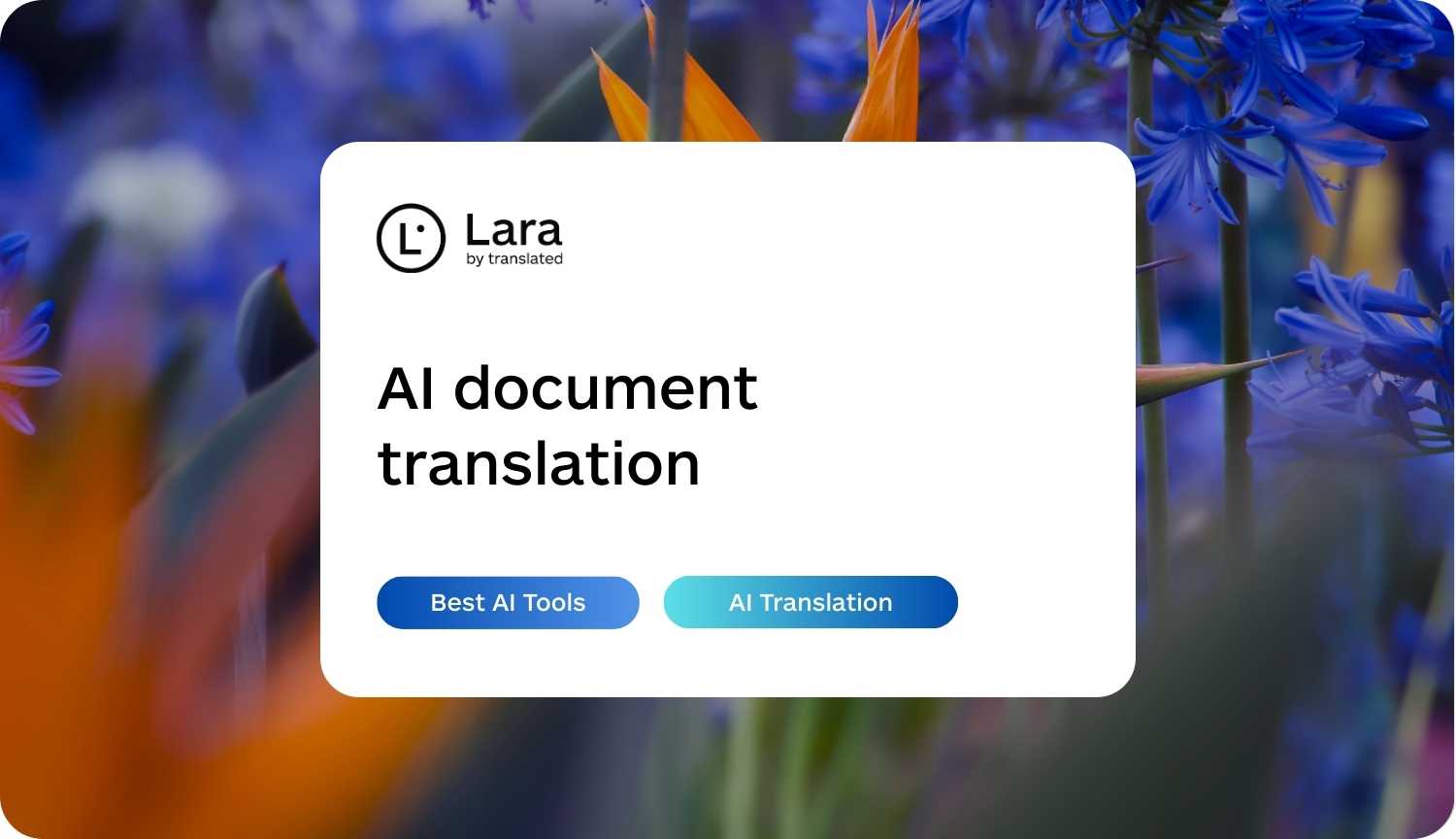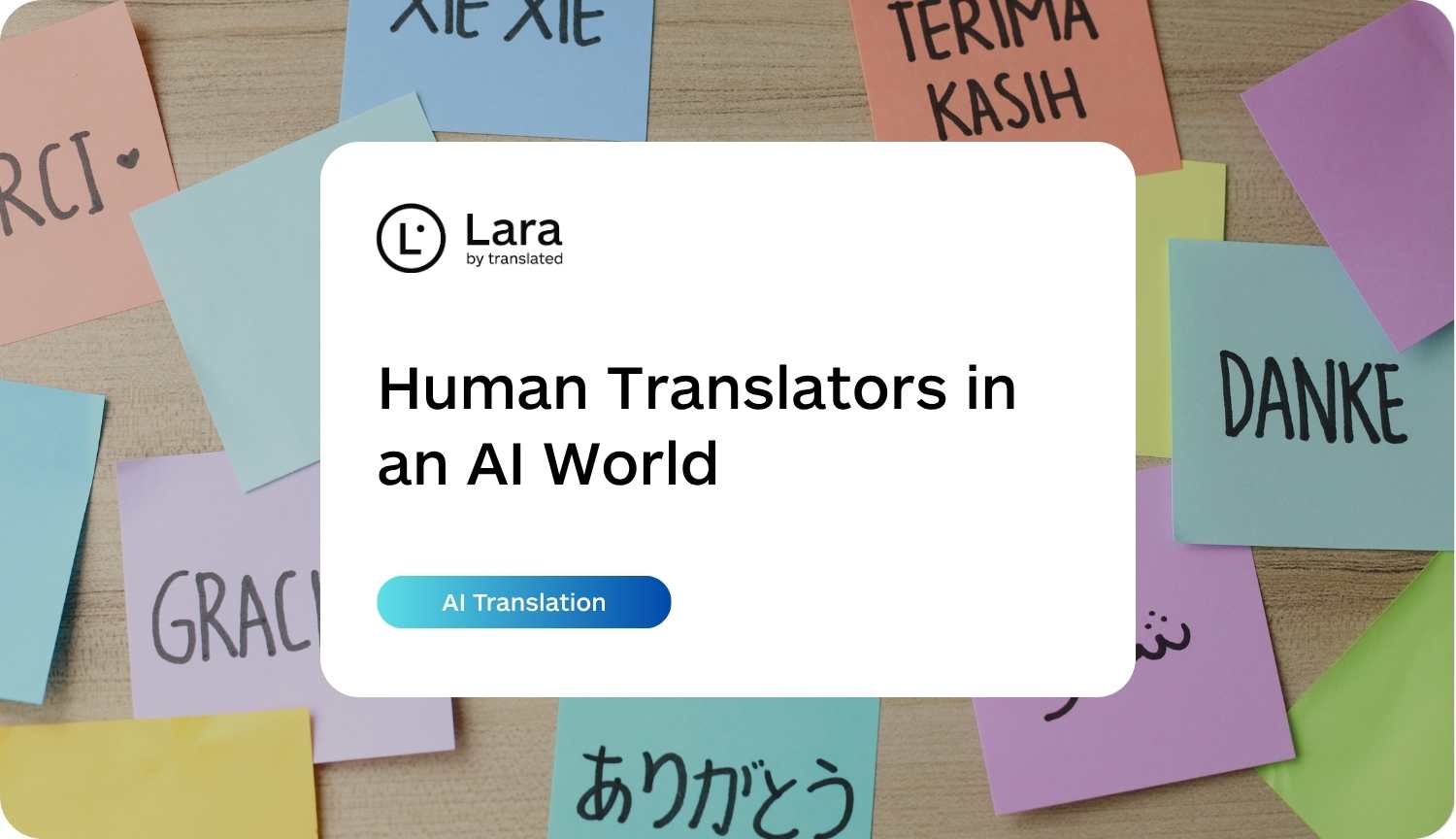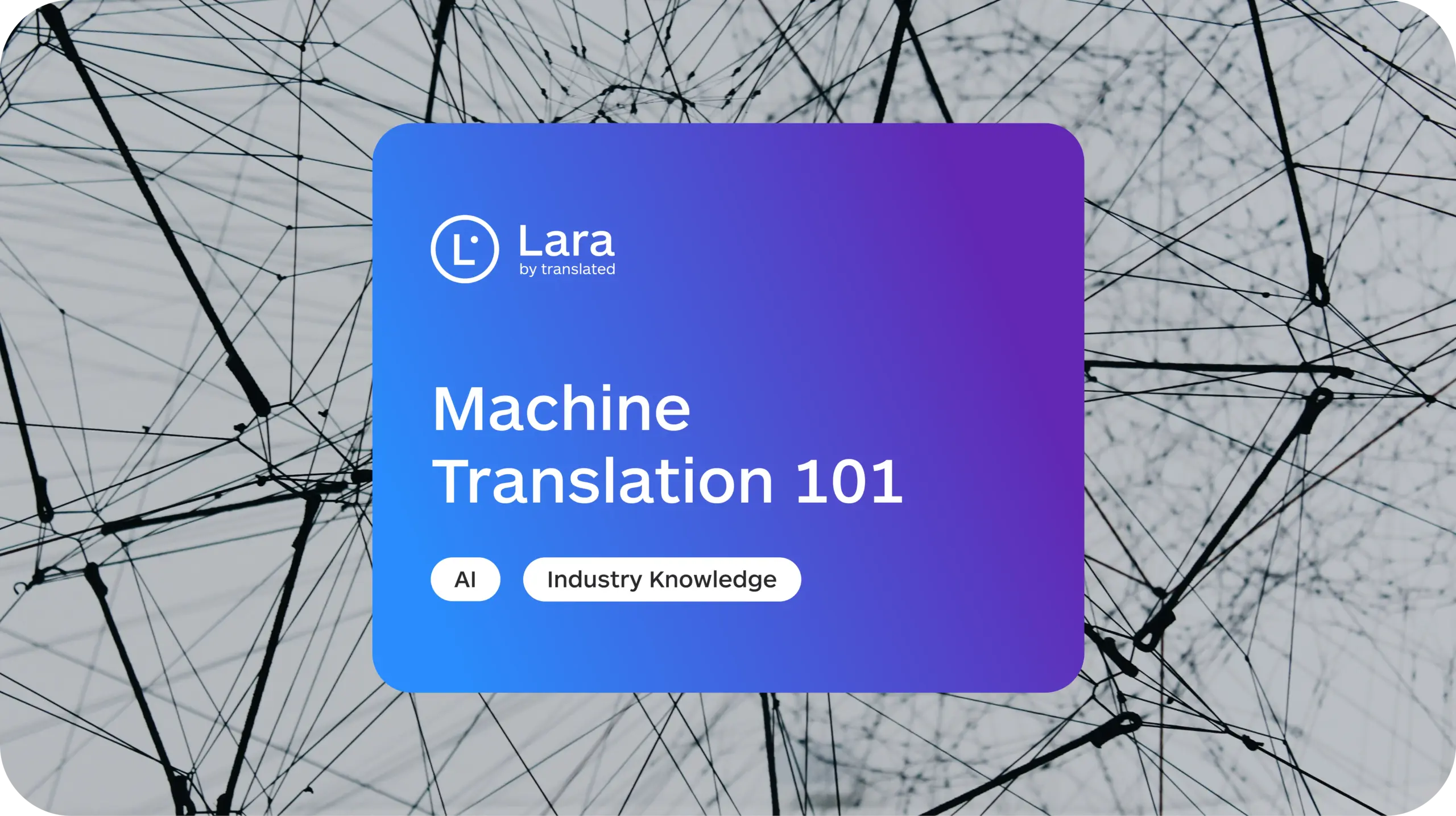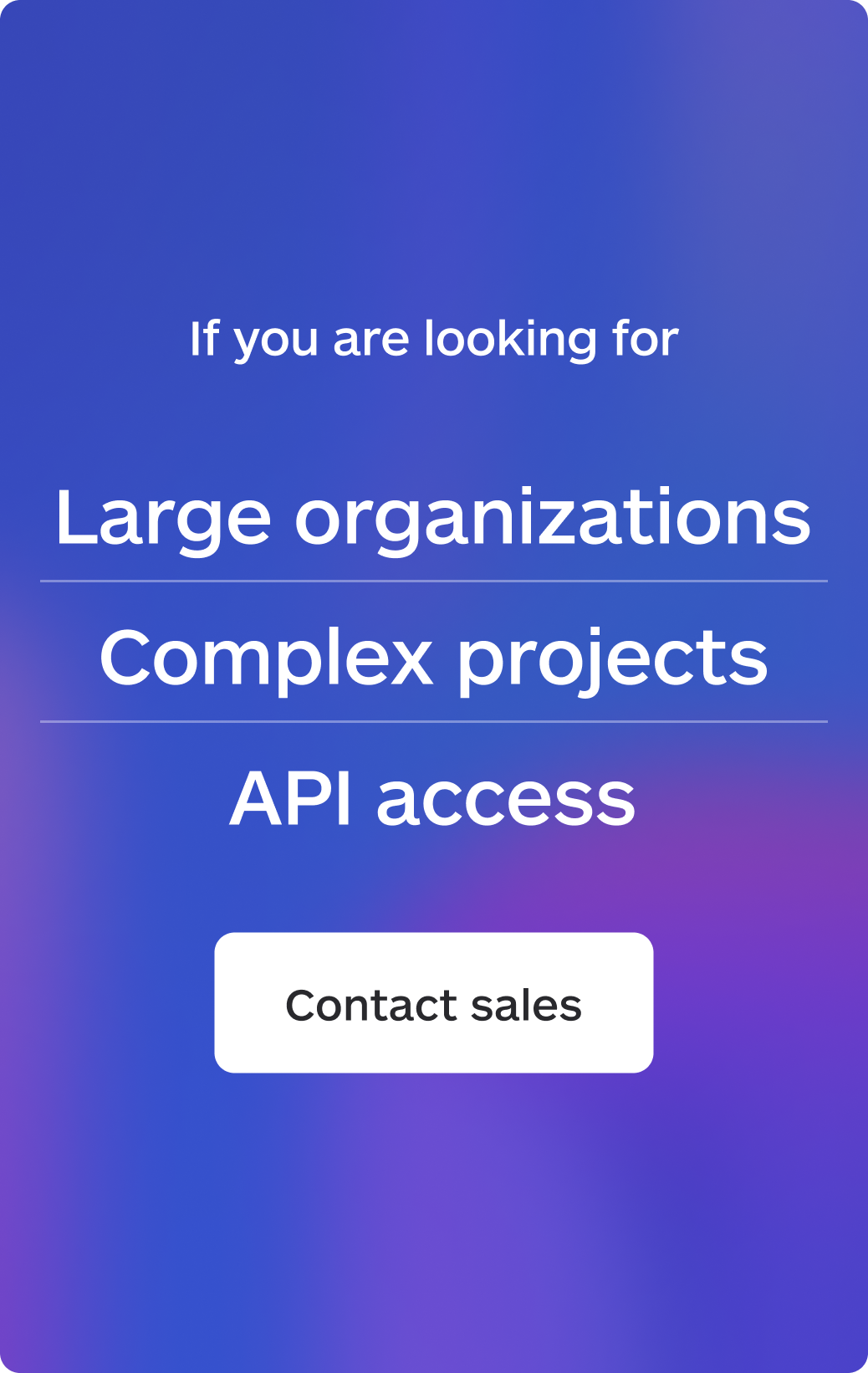AI is changing the game in translation but not without raising a few eyebrows along the way. As more companies turn to artificial intelligence to break down language barriers, it’s getting harder to tell what’s genuinely possible, and what’s just marketing fluff.
If you’ve ever wondered how much of the AI translation buzz is real, you’re in the right place. In this article, we’ll cut through the hype and take a clear-eyed look at what AI can actually do today and where it still falls short.
The current state of AI in localization
The translation landscape has undergone remarkable transformation in recent years. What began as rudimentary rule-based systems has evolved through statistical machine translation to today’s neural network models. This evolution represents a genuine paradigm shift rather than incremental improvement.
Modern AI translation systems powered by neural networks have achieved fluency levels that would have seemed impossible just a decade ago. For many language pairs, particularly between major languages like English, Spanish, French, and German, the output quality is increasingly impressive. This advancement has made AI in language services accessible and valuable across numerous business contexts.
However, the impressive demos and marketing materials from technology providers can sometimes create unrealistic expectations. Understanding the genuine capabilities and limitations of today’s AI translation technologies is essential for making informed business decisions.
What AI can and cannot do in translation
Before implementing AI translation in your business strategy, it’s crucial to understand its actual capabilities and limitations. Here’s an honest assessment of where these technologies excel and where they still fall short:
Strengths of AI translation systems
The benefits of machine translation are substantial in certain contexts:
- Speed and volume processing: AI can translate millions of words in minutes—a task that would take human translators weeks or months. This capability is transformative for businesses dealing with large content volumes.
- Cost-effectiveness: While high-quality human translation typically costs between $0.10-$0.30 per word, AI translation can reduce costs by 60-90%, making translation financially viable for previously untranslatable content.
- Consistency in terminology: Once trained on specific terminology, AI systems apply it consistently across all translated content, avoiding the variations that might occur with multiple human translators.
- Continuous improvement: Most advanced AI translation systems learn from corrections, gradually improving translation quality over time through feedback loops.
- Accessibility: AI translation has democratized language access, making translation available to individuals and businesses that previously couldn’t afford it.

These advantages make AI translation particularly valuable for specific use cases like internal communications, user-generated content, large documentation projects, and preliminary drafts that will undergo human review.
Areas where AI translation is still evolving
Despite ongoing improvements, AI translation has some areas that continue to benefit from further development:
- Cultural nuances and context: AI occasionally encounters challenges with idiomatic expressions, cultural references, or subtle contextual meanings that humans grasp more intuitively.
- Specialized content: AI performs increasingly well, yet particularly complex, technical, or creative texts may sometimes require additional human expertise for optimal results.
- Less common languages: While major languages achieve consistently high quality, languages with fewer available resources can sometimes yield less accurate translations.
- Maintaining distinct brand voice: AI translations can slightly standardize tone, potentially affecting a unique or nuanced brand identity.
- Occasional inaccuracies: AI might rarely produce plausible yet inaccurate translations, especially in ambiguous or highly specialized contexts.
These factors help explain why businesses often complement AI with human translators when accuracy and subtlety are critical.
Distinguishing reality from AI translation misconceptions
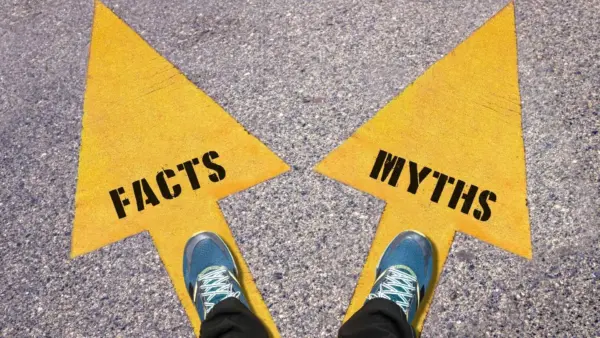
The conversation around AI translation is often clouded by both overhyped claims and unfounded skepticism. Let’s address some common neural translation myths to provide a clearer picture:
Myth 1: “AI translation is now perfect and indistinguishable from human translation”
Reality: While quality has improved dramatically, AI translation is not yet consistently equal to skilled human translation, particularly for creative, technical, or culturally sensitive content. The hype vs reality in AI localization gap is most apparent in these specialized contexts.
Myth 2: “AI translation is only worthwhile for major language pairs”
Reality: While it’s true that the highest quality is often seen in major language pairs, practical, useful translation is now available in hundreds of languages. The quality threshold for “useful” depends entirely on the purpose—internal communication has different requirements than customer-facing marketing material.
Myth 3: “Free online translation tools are good enough for business needs”
Reality: Free consumer tools present significant risks for business use, including data privacy concerns (your sensitive information may be used to train their models), inconsistent quality, lack of customization options, and limited format support. Enterprise-grade solutions like Lara Translate address these limitations while providing greater control and security.
Myth 4: “AI translation is a one-size-fits-all solution”
Reality: Effective AI translation implementation requires careful consideration of specific content types, language pairs, quality requirements, and business contexts. Different content has varying sensitivity to translation errors, and strategies should be tailored accordingly.
How Lara Translate is reshaping the AI translation landscape
Within this evolving ecosystem, Lara Translate stands out by addressing many of the existing limitations of AI translation. Unlike general-purpose Large Language Models (LLMs), Lara utilizes specialized Translation Language Models (T-LMs) that are specifically trained on professionally reviewed, high-quality parallel corpora.
This specialized approach enables Lara to achieve significantly higher translation accuracy, particularly for business contexts where precision matters. The platform also demonstrates superior performance for non-English languages—a critical advantage considering that most LLMs are predominantly trained on English-language data.
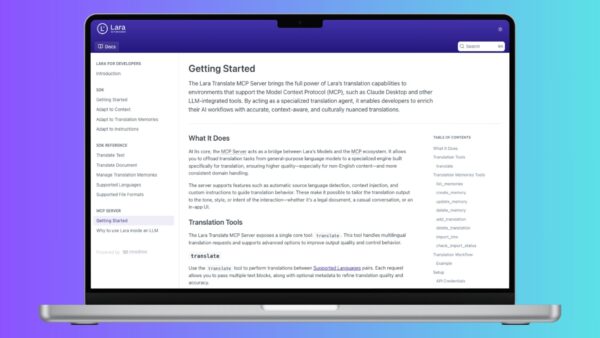
Lara’s architecture prioritizes both speed and efficiency, delivering translations up to 20 times faster than general-purpose alternatives. This performance optimization makes it particularly suitable for enterprise-scale applications requiring real-time translation capabilities. The recently expanded Lara Translate MCP Server further enhances these capabilities through advanced contextual awareness and seamless integration with existing workflows.
By focusing on quality, speed, and practical business applications rather than generalized capabilities, Lara represents the pragmatic future of AI translation—where specialized tools deliver tangible value for specific use-cases rather than attempting to be all things to all users.
Strategic implementation: maximizing AI translation value
To effectively leverage AI translation in your business, consider these strategic approaches:
1. Adopt a tiered content strategy
Not all content requires the same level of translation quality. Consider categorizing your content based on visibility, importance, and quality sensitivity:
- Fully automated: Internal communications, user-generated content, knowledge bases
- Machine translation with human post-editing: Product descriptions, support documentation, basic marketing materials
- Human translation with AI assistance: High-impact marketing, legal content, creative campaigns
This approach optimizes both cost and quality by allocating resources where they matter most. For guidance on effective implementation, see our How to optimize content for better machine translation guide.
2. Prepare content for optimal AI translation
The quality of AI translation output is significantly influenced by the source content. Clear, well-structured writing with straightforward syntax typically translates better than complex, ambiguous text filled with idioms and cultural references.
Developing “translation-friendly” content guidelines for content creators in your organization can dramatically improve machine translation outcomes without requiring additional resources during the translation process itself.
3. Build foundational linguistic assets
Invest in creating and maintaining terminology glossaries, style guides, and translation memories that can guide AI systems toward your preferred terminology and phrasing. These assets are valuable for both human and AI translation processes and help maintain consistency across all translated content.
4. Focus on integration and automation
The most successful AI translation implementations seamlessly integrate with existing content management systems, marketing platforms, and workflow tools. This integration eliminates manual file handling and speeds up the entire localization process.
5. Implement quality monitoring processes
Establish systematic quality evaluation processes rather than relying on anecdotal feedback. Regular quality sampling, tracking of key metrics, and user feedback collection are essential for continuous improvement and identifying which content types may need different approaches.
Real-world AI translation examples: Success stories and lessons
Learning from actual implementation experiences provides valuable insights:
E-commerce expansion
An international e-commerce platform implemented AI translation for product descriptions across 12 languages, with human review only for top-selling items. This approach reduced translation costs by 78% while enabling the company to translate their entire catalog—something previously cost-prohibitive. Revenue from international markets increased by 34% within six months of making more products available in local languages.
Technical documentation management
A software company with extensive documentation (over 2 million words) implemented a hybrid approach: AI translation for all content with human post-editing only for user-facing guides. This strategy reduced documentation translation costs by 65% while accelerating release schedules by eliminating translation bottlenecks. User satisfaction scores remained stable, indicating the approach met quality expectations.
Multilingual customer support
A travel booking platform integrated real-time AI translation into their customer support system, allowing agents to communicate with customers in 30+ languages without language specialists. This implementation reduced response times by 74% for non-English inquiries and increased customer satisfaction scores by 28% for users from non-English-speaking regions.
These examples demonstrate that successful AI translation implementation is about finding the right balance between automation and human involvement based on specific business needs and content requirements. For more insights on practical applications, check out our Quick guide to document translation for business.
The future of machine translation: Emerging trends
Looking ahead, several trends will likely shape the future of machine translation:
1. Increased specialization
Rather than general-purpose translation engines, we’re seeing the emergence of highly specialized models trained for specific domains (legal, medical, technical) and content types. This specialization delivers superior results compared to one-size-fits-all approaches.
2. Greater customization accessibility
Advanced customization capabilities that once required significant technical expertise are becoming more accessible to non-specialists, allowing businesses to tailor translation systems to their specific needs with less investment.
3. Deeper integration across business tools
Translation capabilities are increasingly embedded directly within the tools businesses already use—from content management systems to marketing platforms to customer support interfaces—reducing friction in the localization process.
4. Enhanced quality estimation
Automated quality prediction is advancing rapidly, helping businesses identify which content needs human review and which can be published directly, streamlining workflows and optimizing resource allocation.
5. Multimodal translation capabilities
Emerging systems are beginning to understand context beyond just text, incorporating images, layout, and design elements into the translation process for more contextually appropriate results.
While these advances are exciting, it’s important to maintain realistic expectations. The fundamental limitations around cultural adaptation, creative content, and context understanding will likely improve gradually rather than being solved overnight.
Conclusion: Finding the right balance
The truth about AI translation is that it represents a powerful tool that’s transforming global business communication—but it’s not a magical solution that eliminates all language barriers without trade-offs.
Successful businesses recognize that AI translation is most effective when implemented strategically, with clear understanding of its capabilities and limitations. The most successful approach typically combines AI efficiency with human expertise where it matters most, creating a workflow that optimizes both quality and cost.
By separating hype from reality and developing thoughtful implementation strategies, businesses can leverage AI translation to unlock global opportunities while maintaining authentic connections with international audiences. The future isn’t about AI completely replacing human translators—it’s about creating intelligent workflows where technology and human expertise complement each other to deliver better results than either could achieve alone.
FAQ: Common questions about AI translation
Can AI translation handle specialized technical content?
While AI translation quality for technical content has improved significantly, results vary based on the subject matter and language pairs involved. Domain-specific training data can dramatically improve performance for specialized fields. For highly technical content in critical applications, human expert review remains advisable.
How do data privacy regulations affect AI translation use?
Many free translation tools use submitted content to further train their models, potentially exposing sensitive information. Enterprise solutions typically offer stronger privacy guarantees and data handling policies. Always review the privacy terms of any translation service and consider where your data is processed, stored, and how it might be used.
What’s the typical return on investment for AI translation implementation?
ROI varies widely depending on content volume, language pairs, and quality requirements. Businesses commonly report cost reductions of 60-90% compared to traditional translation methods, with additional value from faster time-to-market and the ability to translate previously untranslatable content.
How can we ensure consistent terminology across AI-translated content?
Terminology management is crucial for consistent AI translations. Create and maintain comprehensive glossaries for your organization’s key terms, and ensure your translation platform supports terminology enforcement. Regular quality monitoring helps identify and correct terminology drift over time.
What skills should we prioritize in our translation team as we adopt more AI?
As AI handles more routine translation tasks, human language professionals should focus on developing skills in cultural adaptation, post-editing, quality assurance, terminology management, and prompt engineering. Understanding both linguistic nuances and how to effectively guide AI systems becomes increasingly valuable.
This article is about:
- The real capabilities, limitations, and misconceptions of AI translation in business contexts
- How specialized tools like Lara Translate overcome key challenges in machine translation
- Practical strategies for integrating AI translation into business workflows effectively
- Emerging trends shaping the future of AI-powered translation technology


